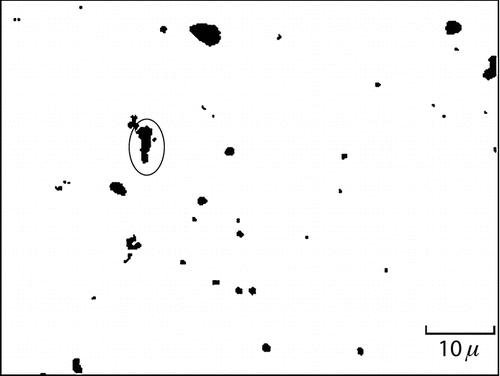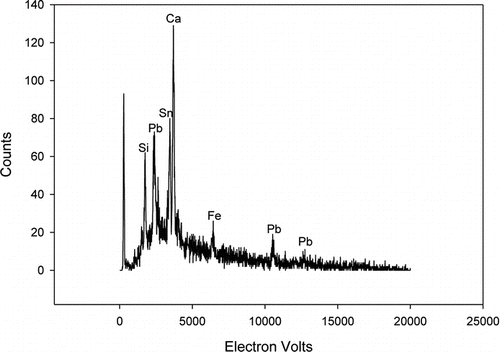Figures & data
TABLE 1 Results of comparisons between particle mass-weighted size distributions of filter and wall deposit pairs and IOM and CFC filter pairs
FIG. 1 Comparison of individual particle masses of 988 particles from the lead ore processing facility calculated by the IMIX Quant and the Cliff–Lorimer methods. The vast majority of particles have a mass less than 1000 pg.
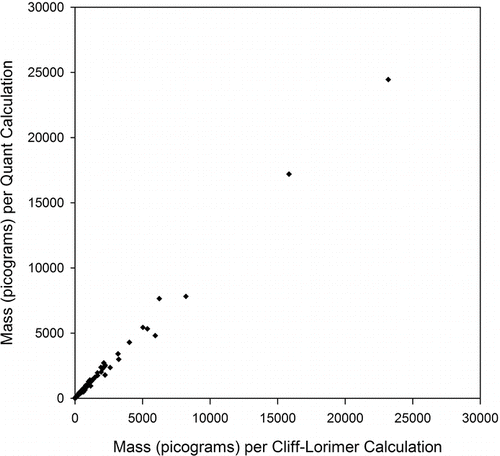
FIG. 2 Example of normalized mass distributions of an IOM and CFC filter pair that were not significantly different (according to Mann–Whitney statistical analysis.)
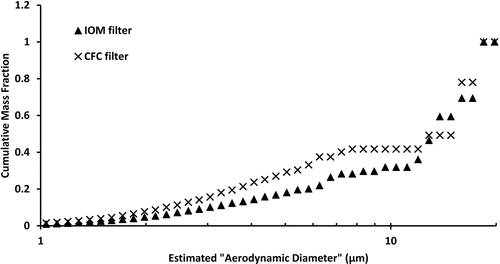
FIG. 3 Example of normalized mass distributions of a CFC wall and filter pair that were significantly different (according to Mann–Whitney statistical analysis.)
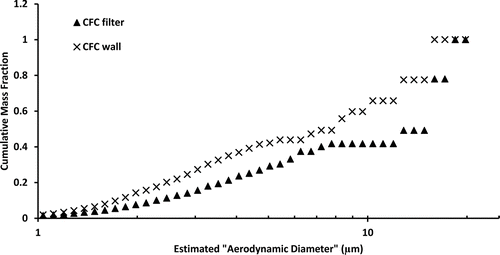
FIG. 4 Typical field of particles on a polycarbonate filter, imaged by backscattered electrons at a magnification of 1500 X. The circled particle has an “estimated aerodynamic equivalent diameter” of 2.1 μm and is composed of a mixture of mostly calcium, tin, silicon, and lead, with traces of iron, potassium, and chlorine.
